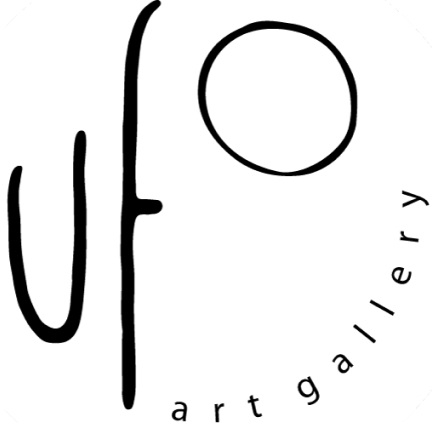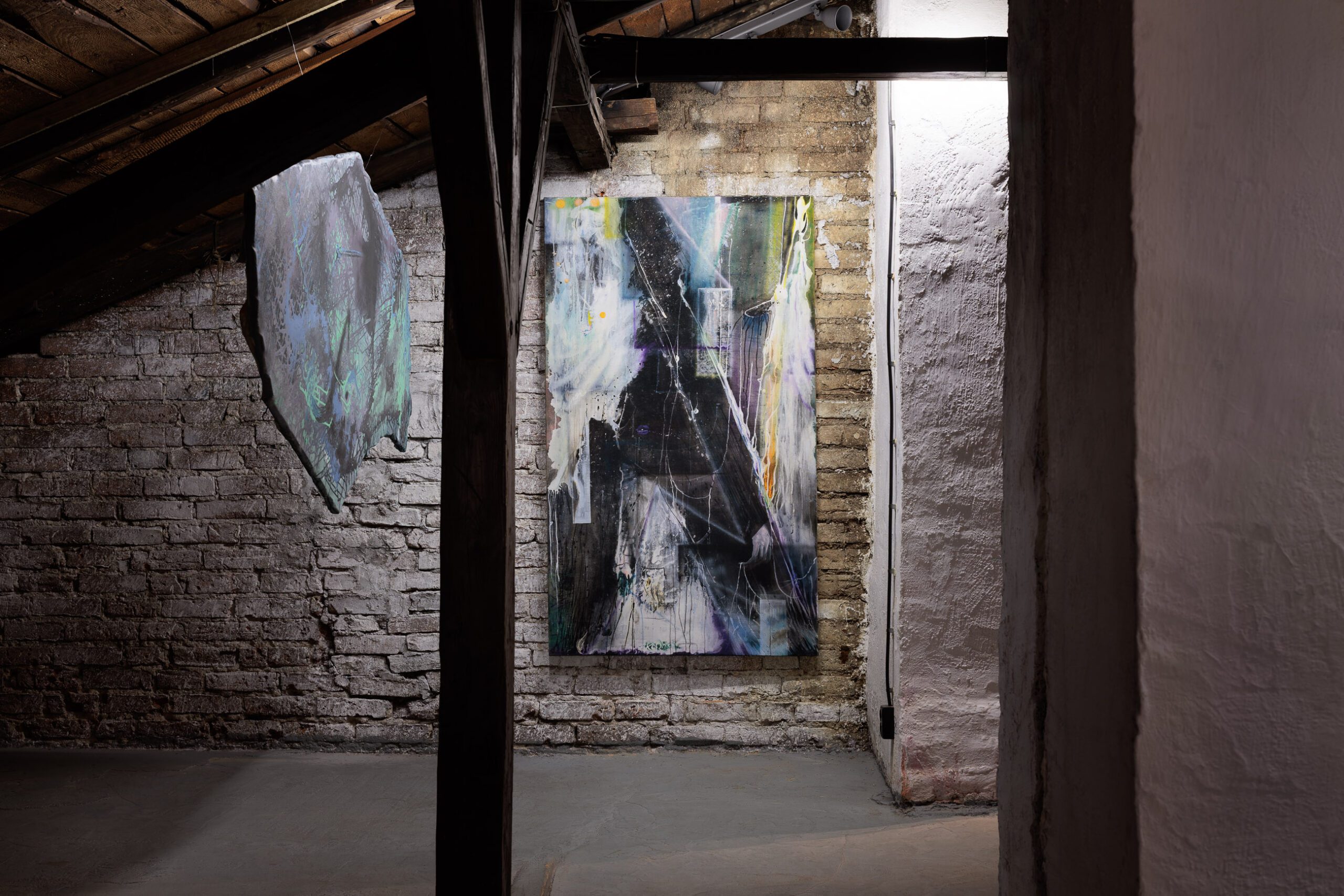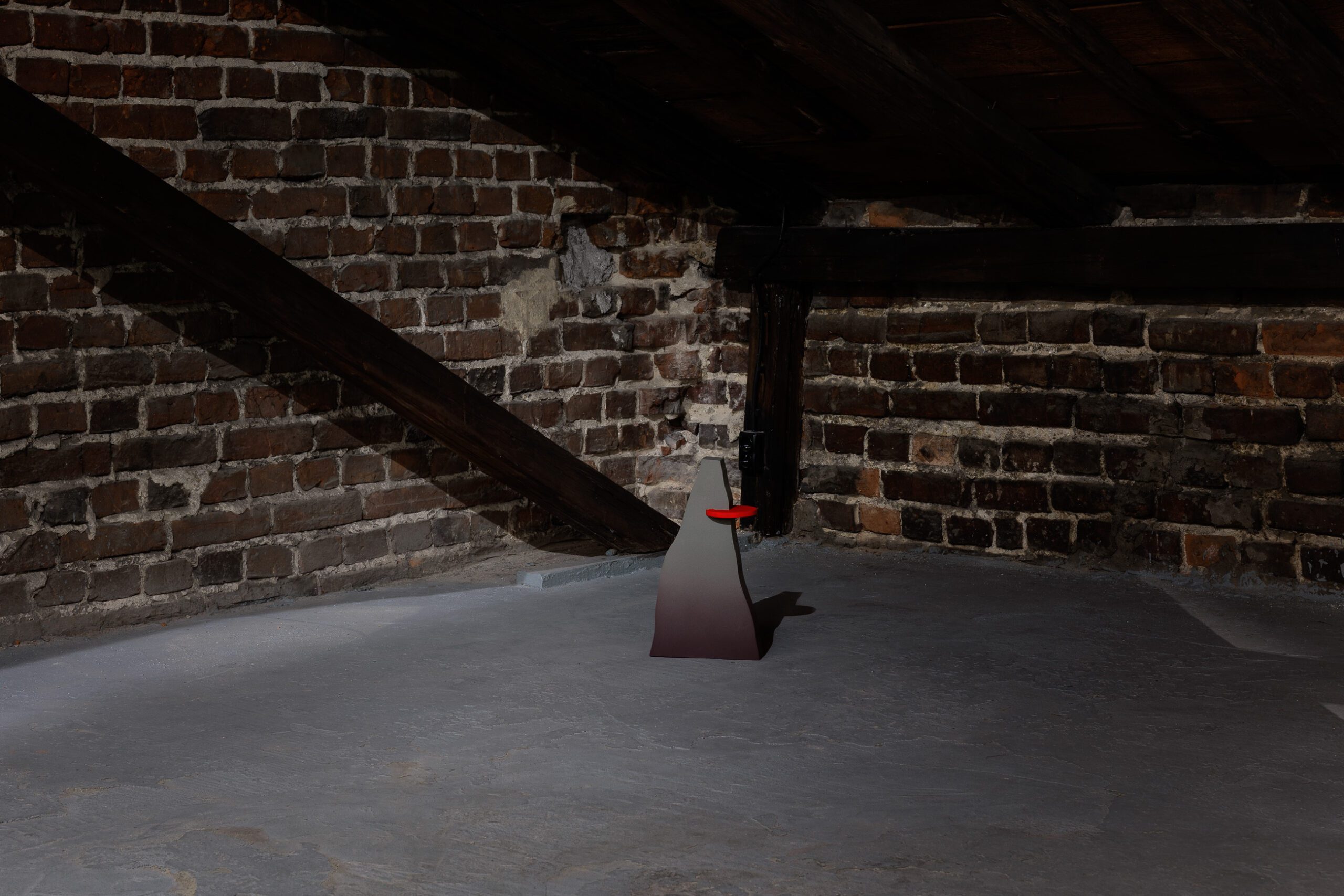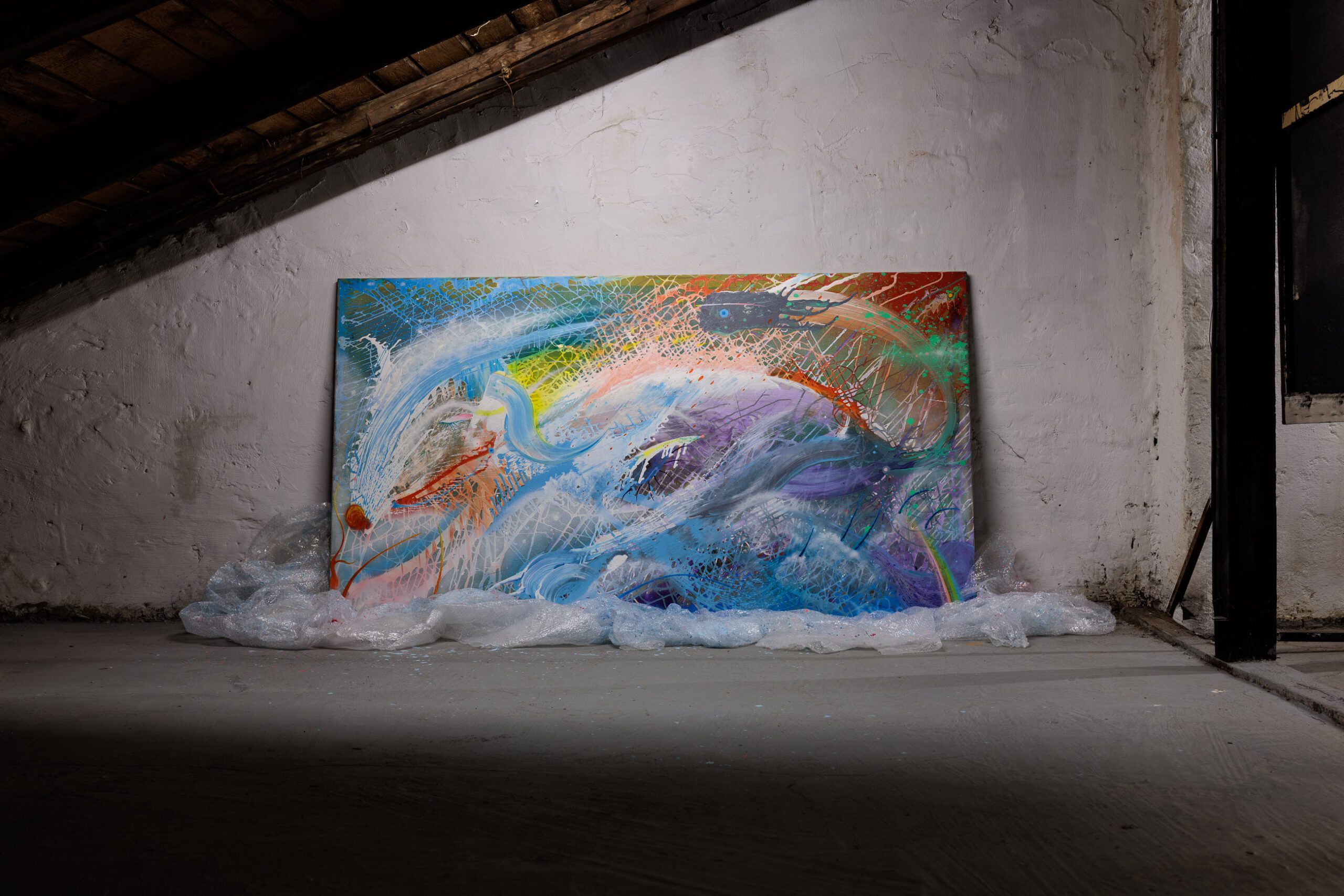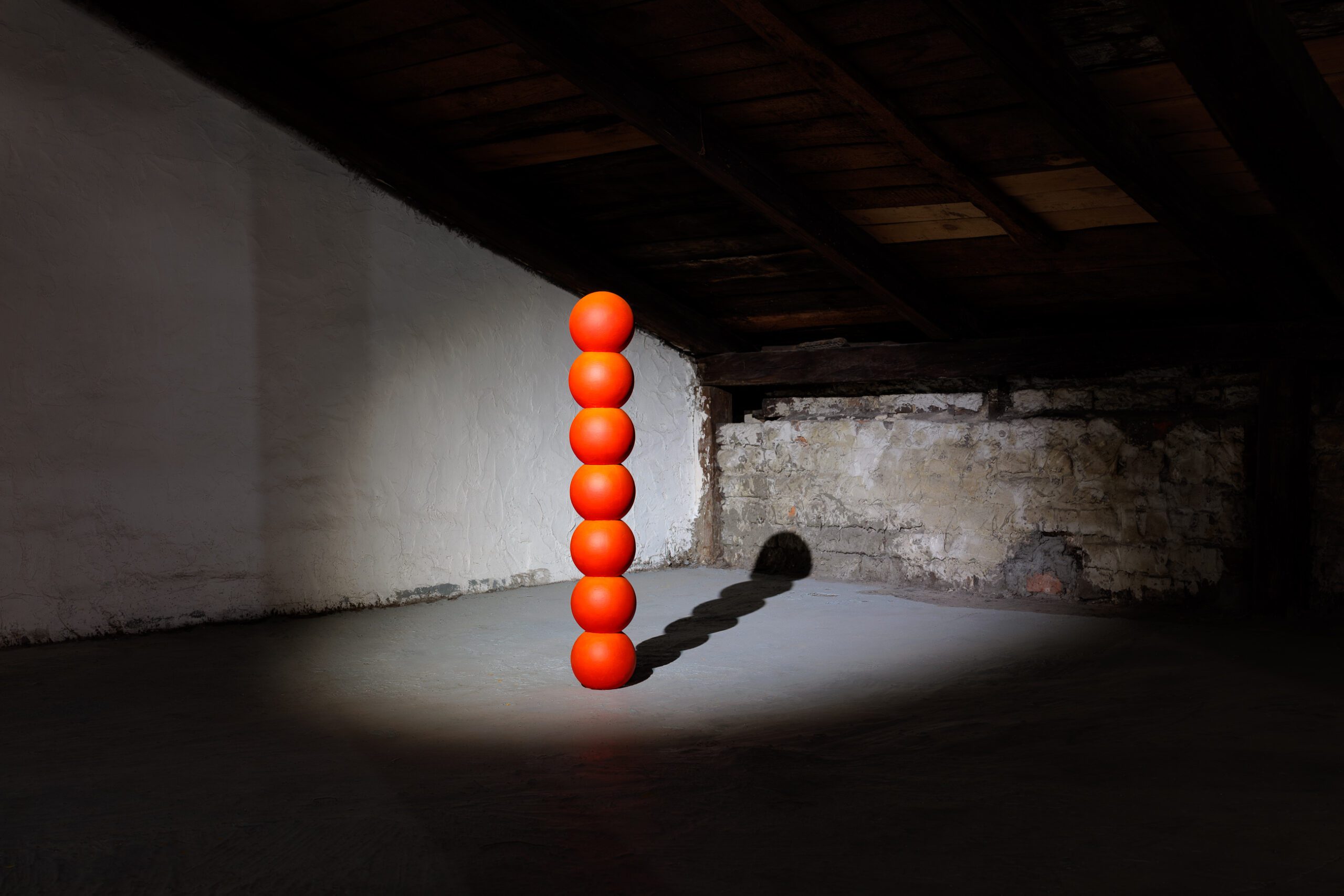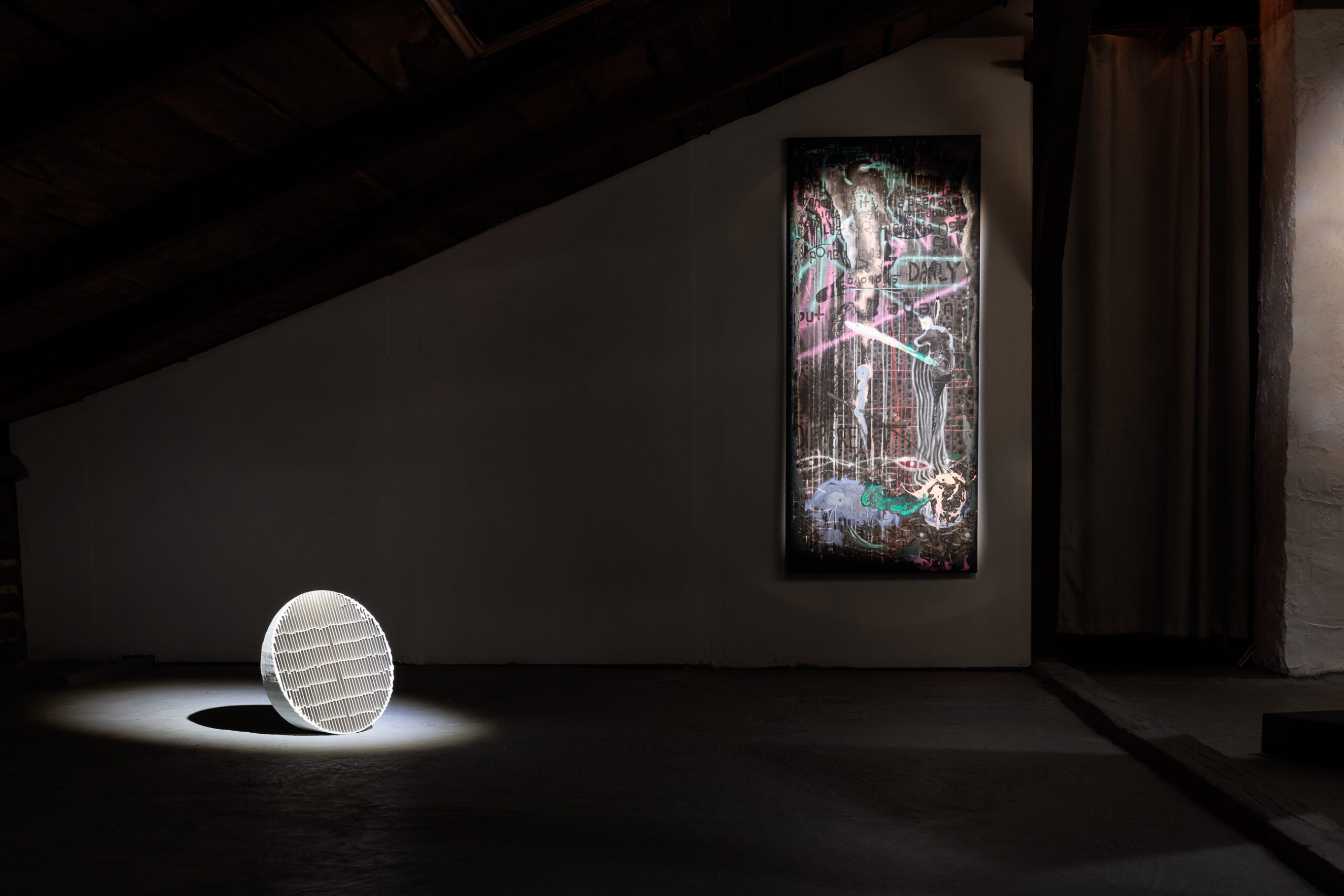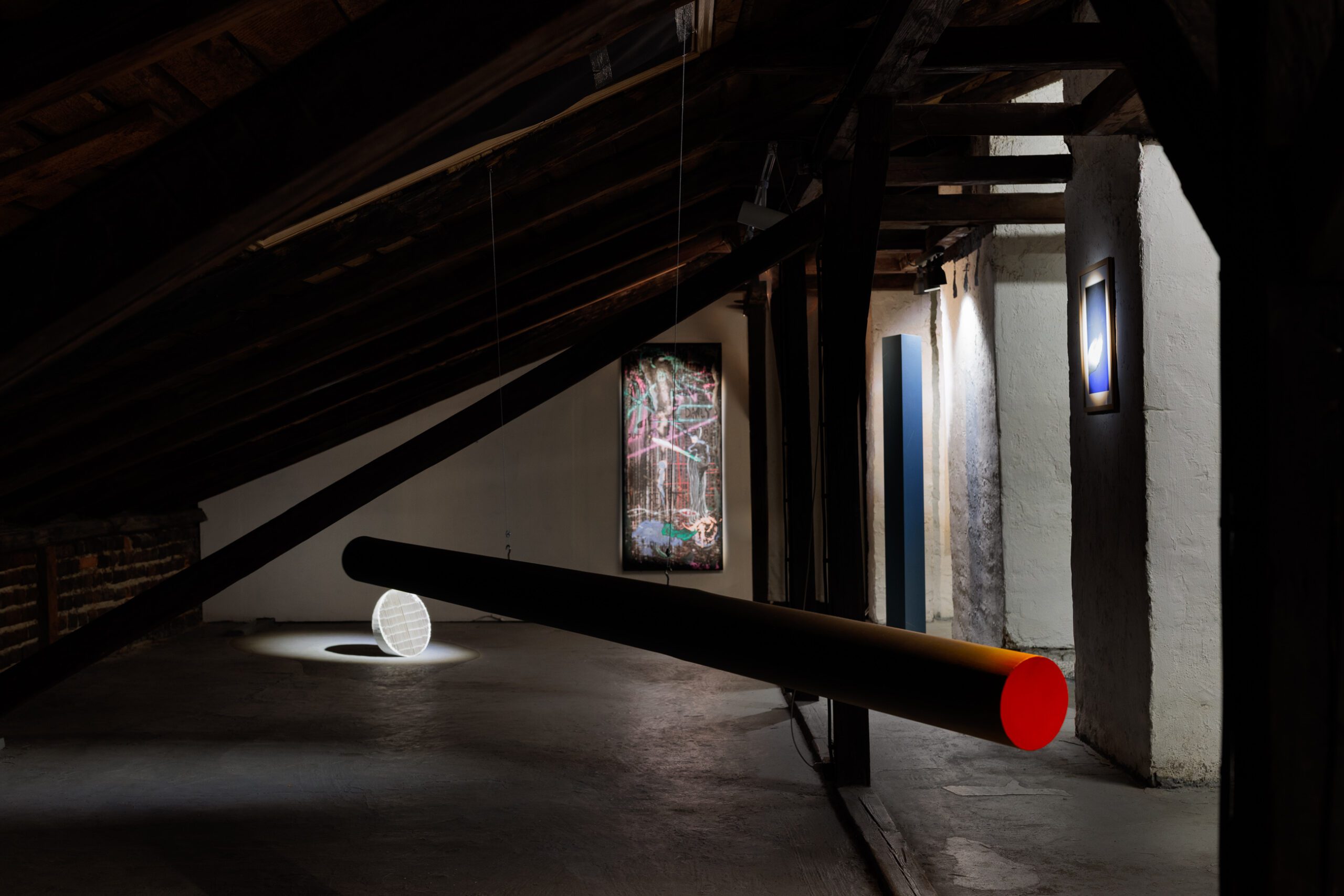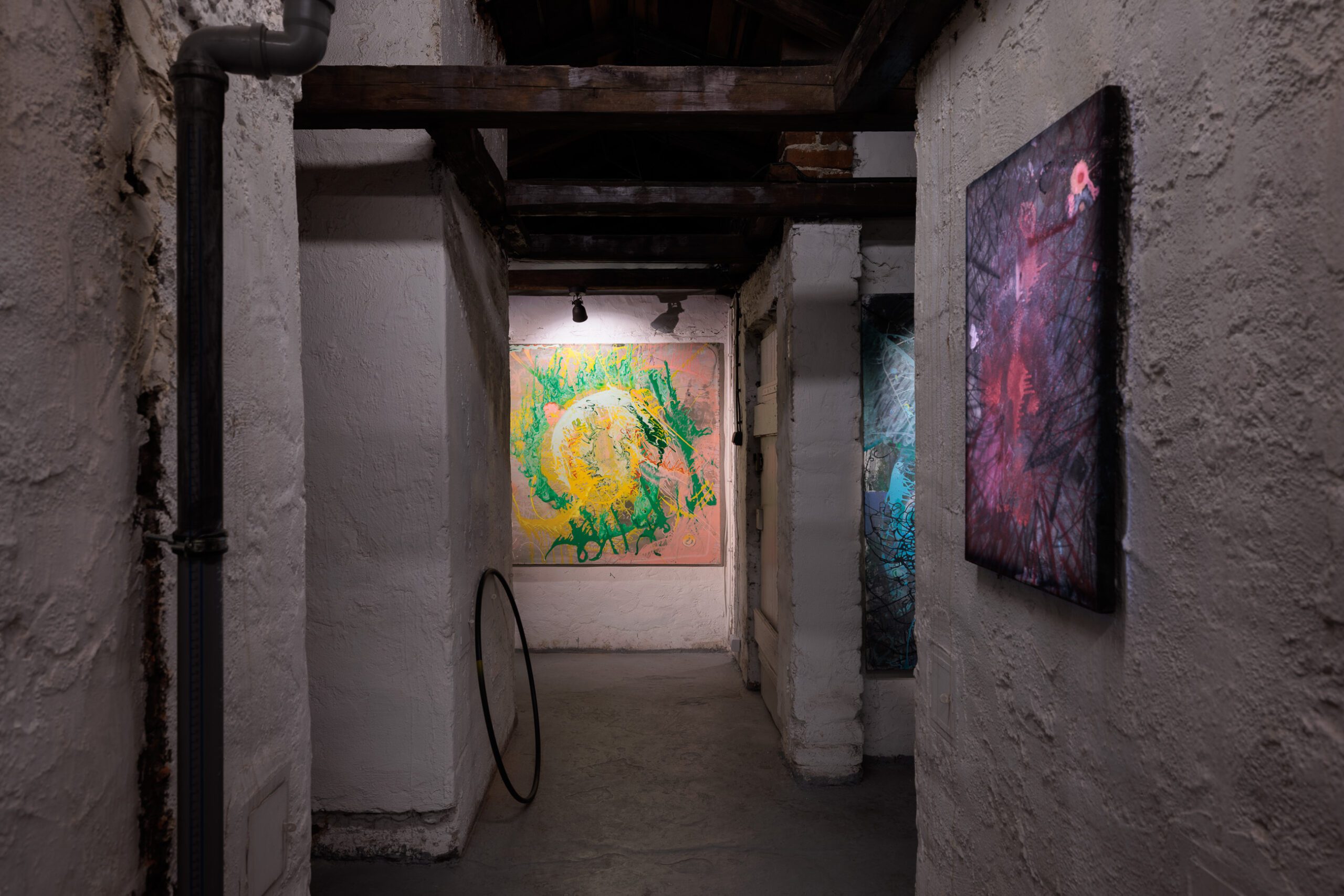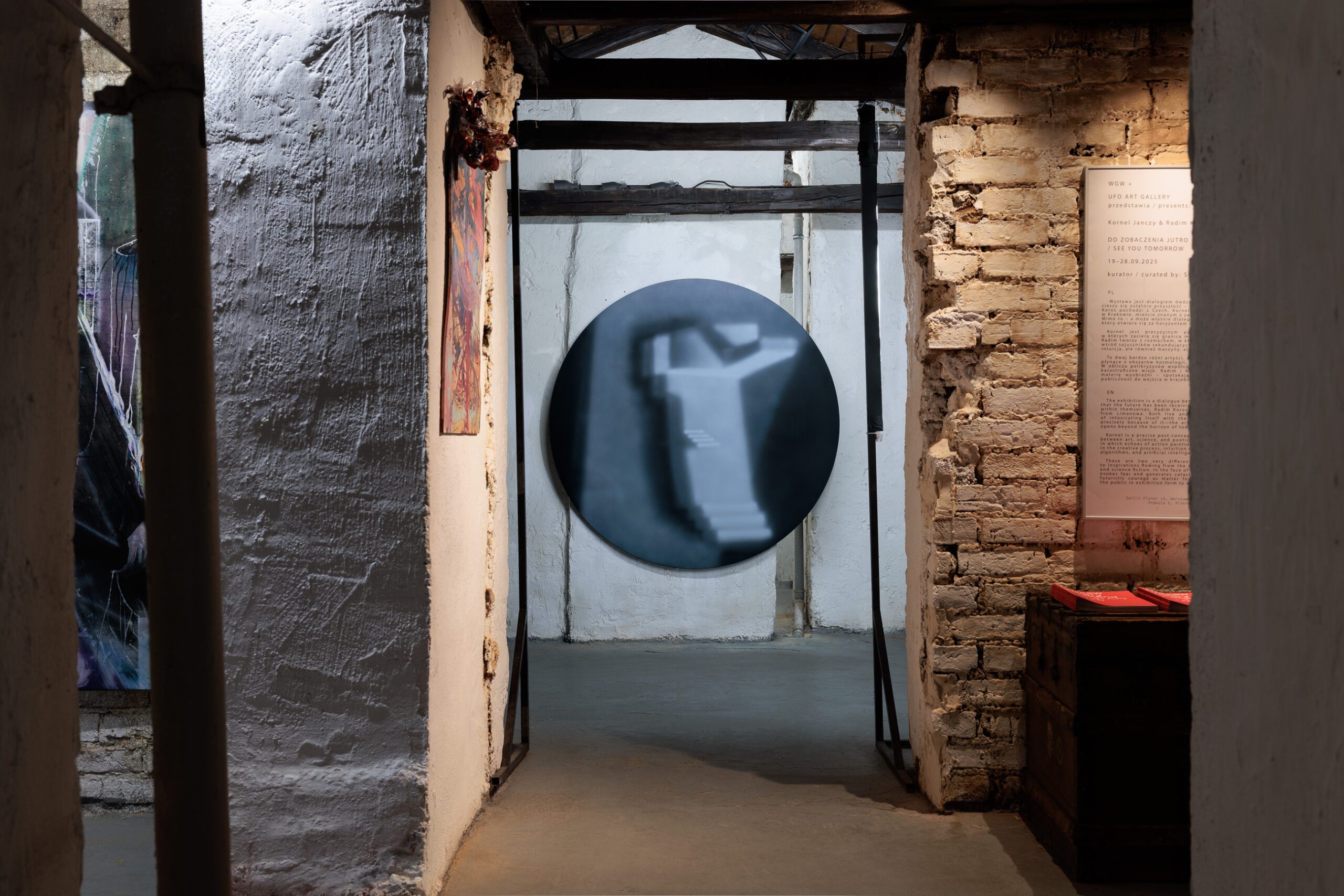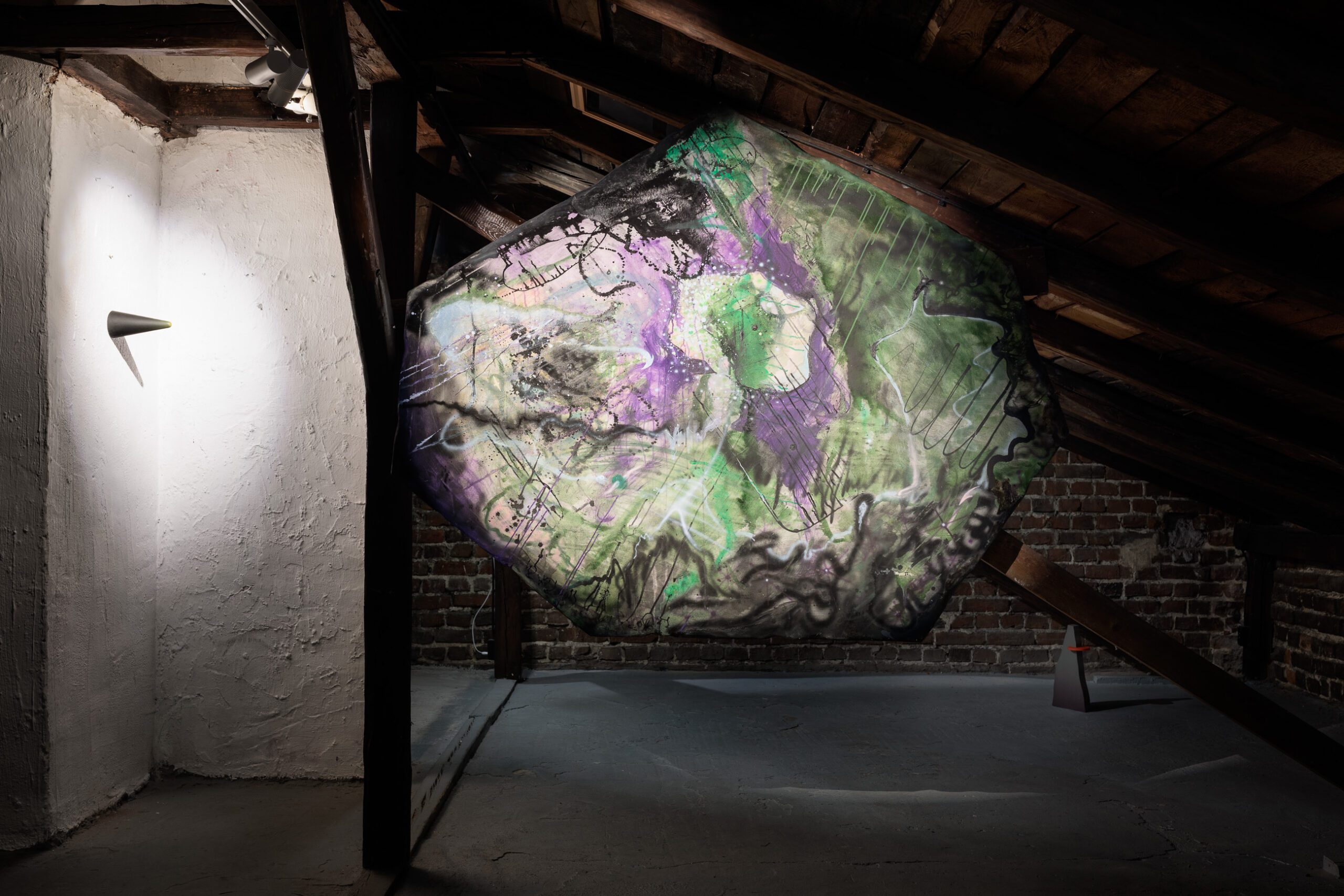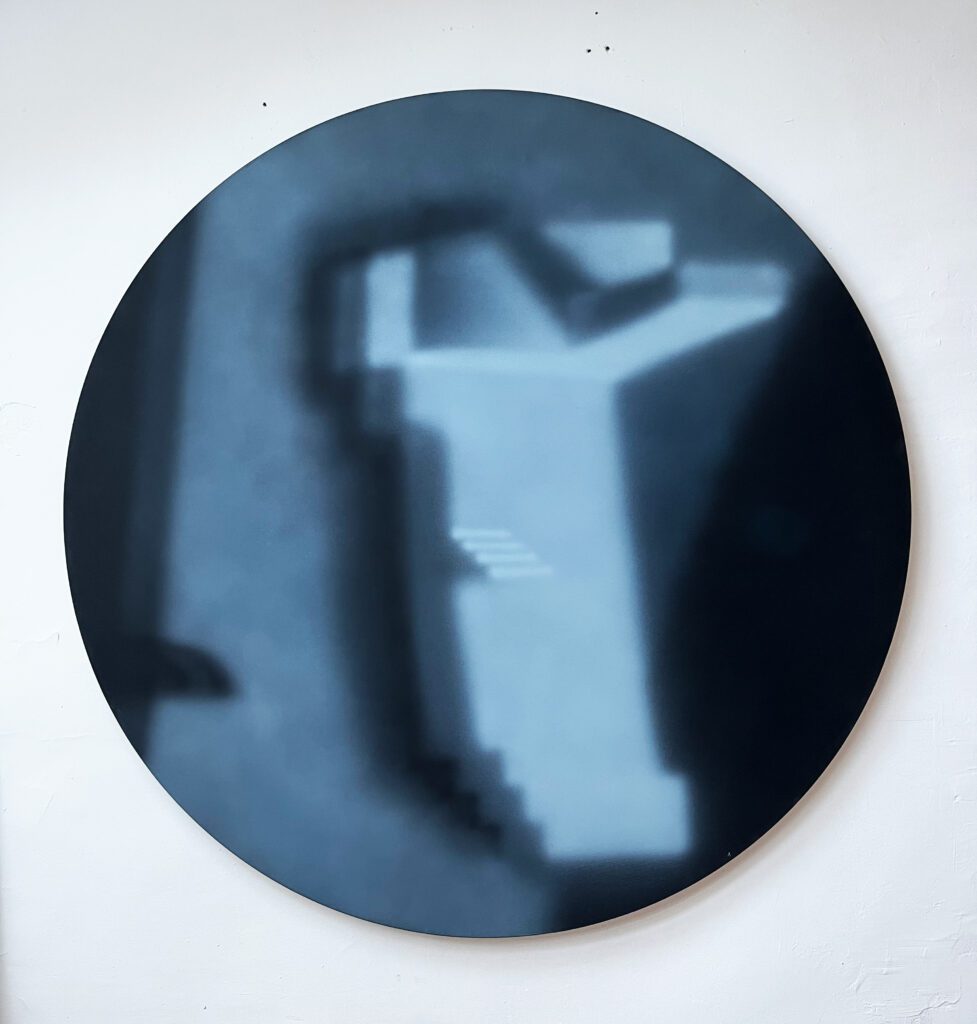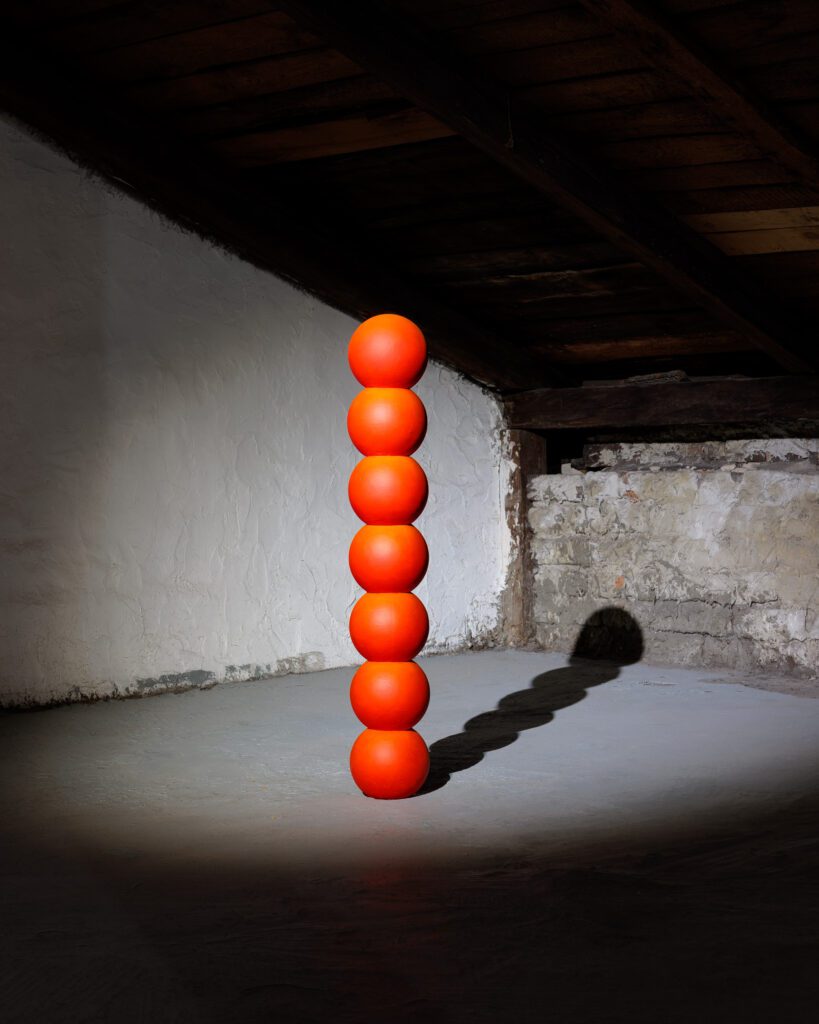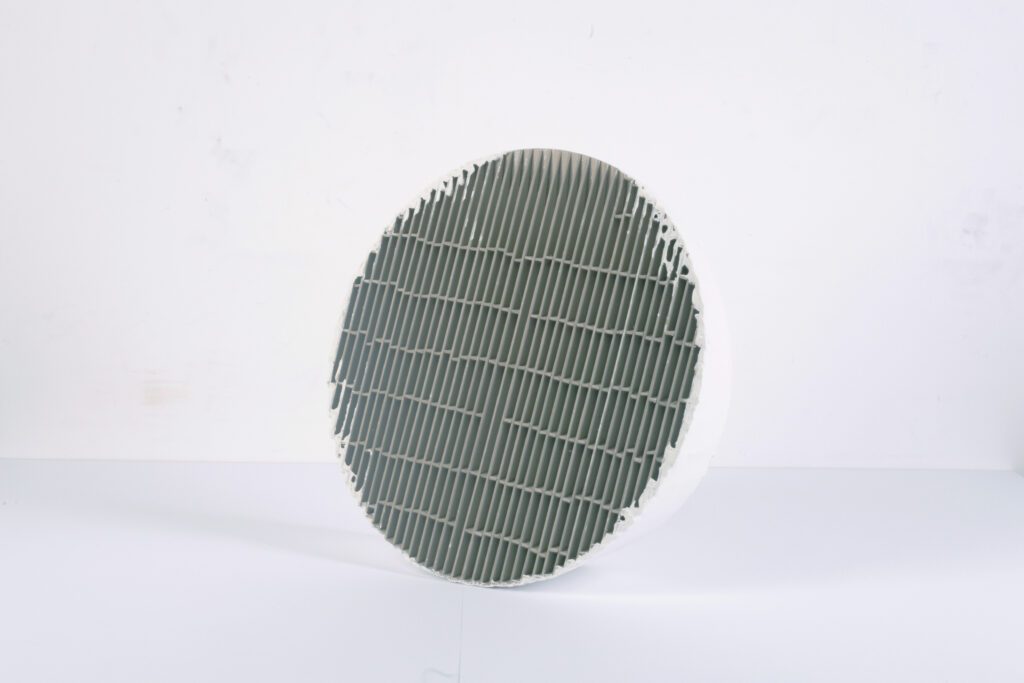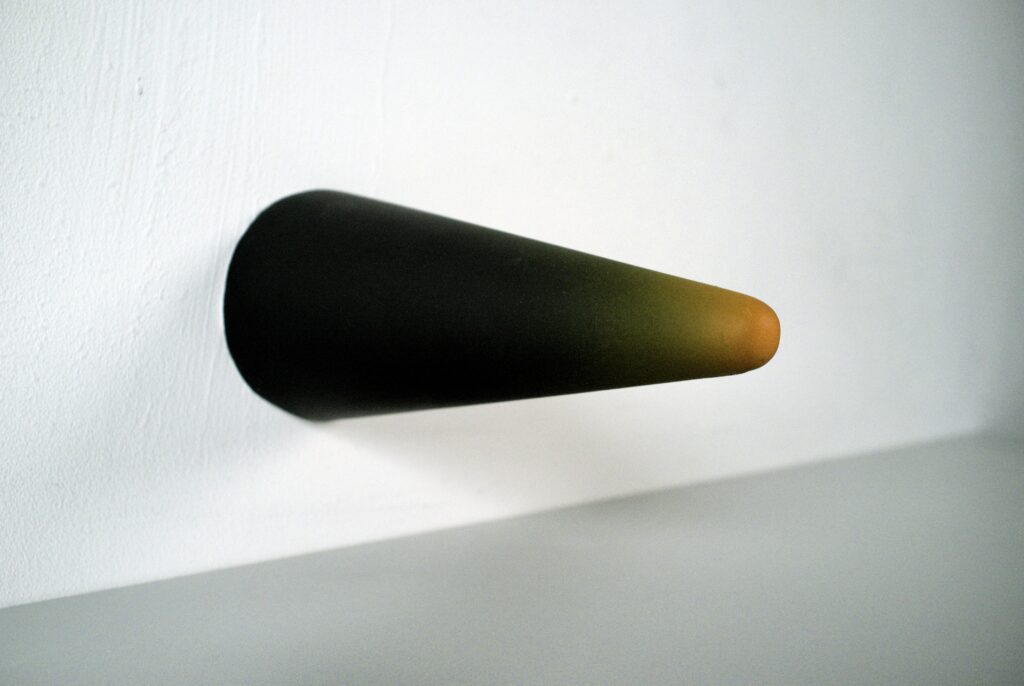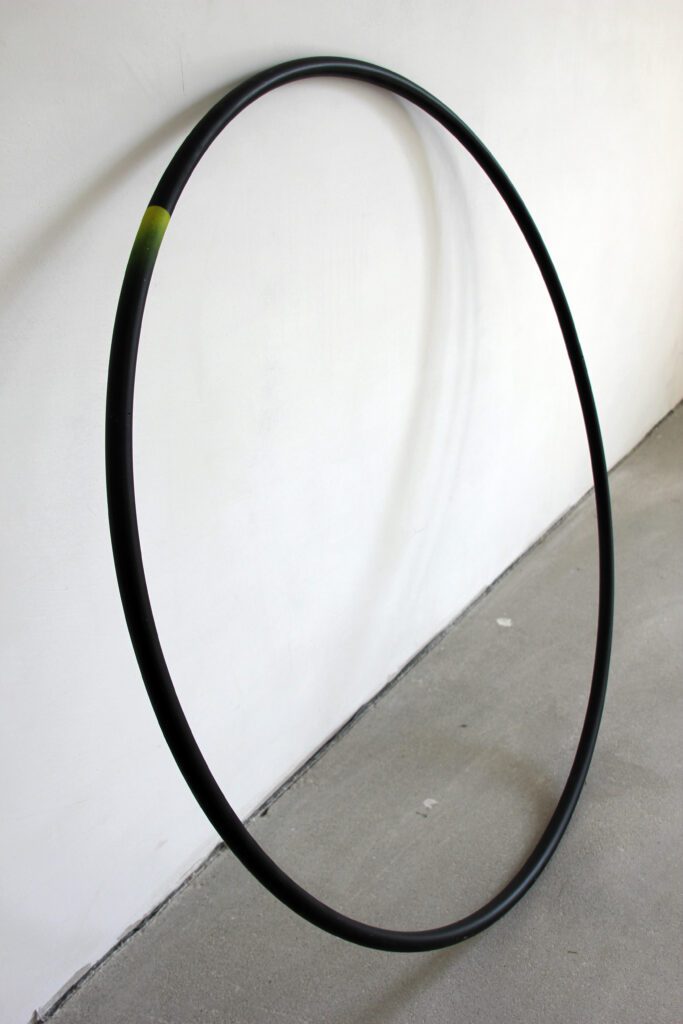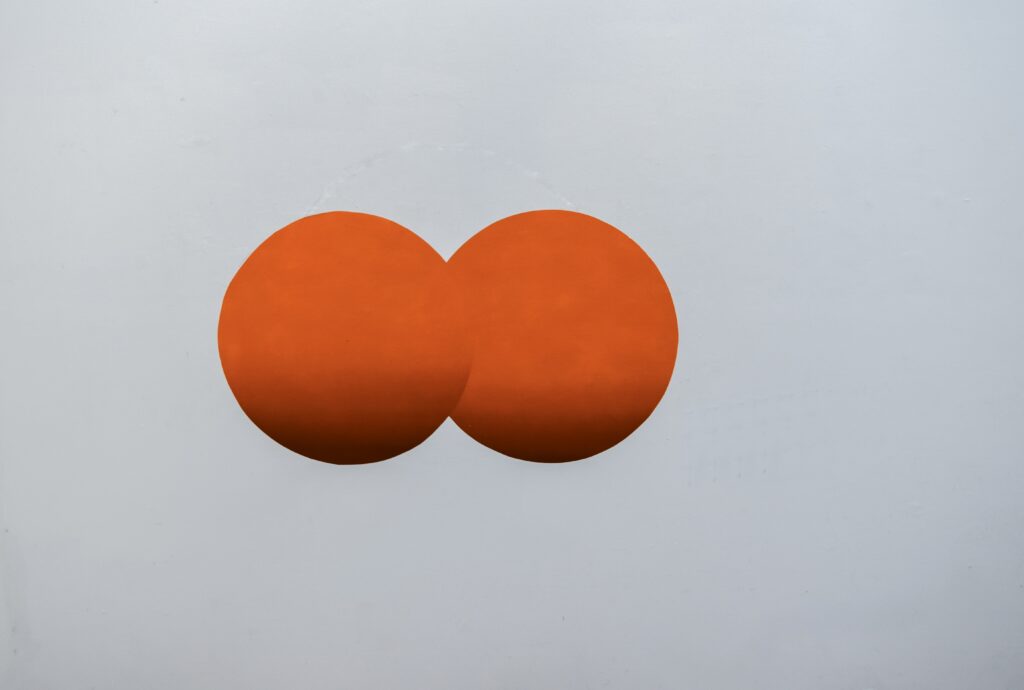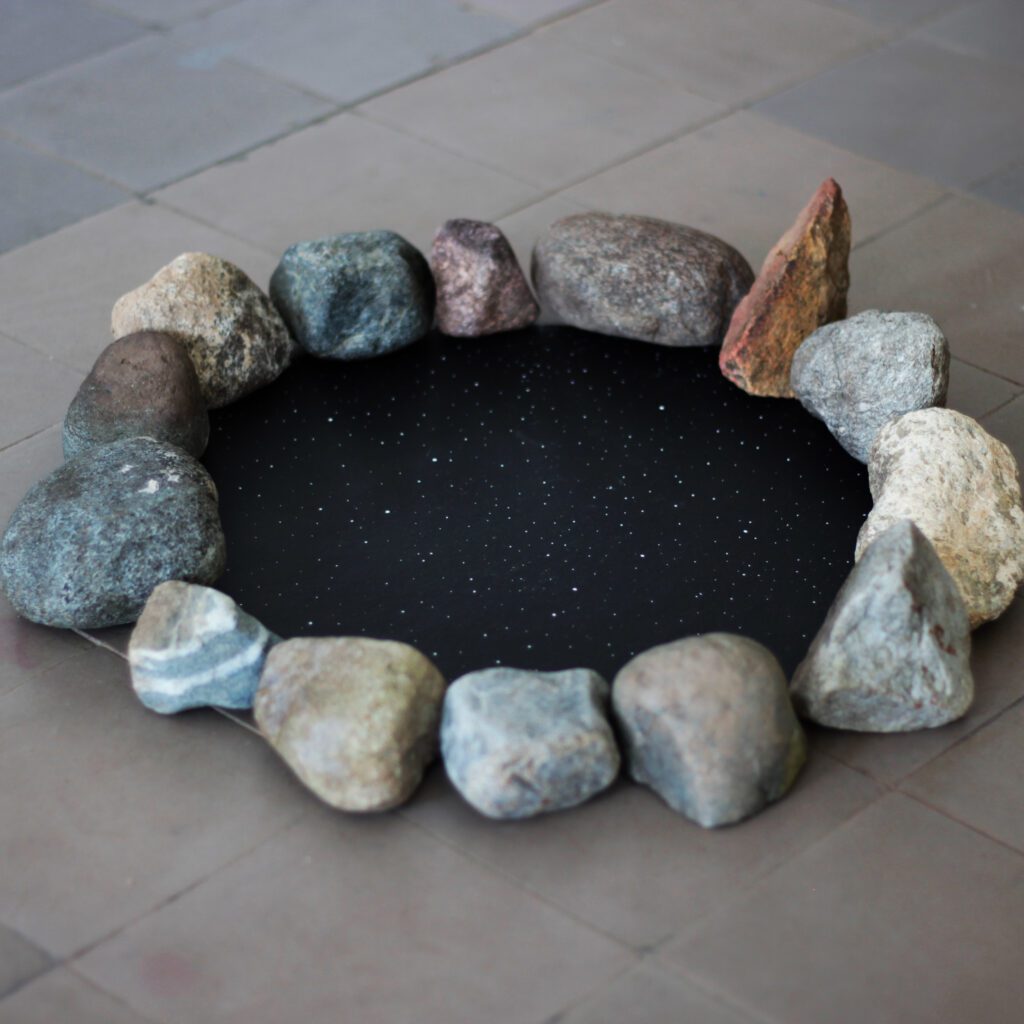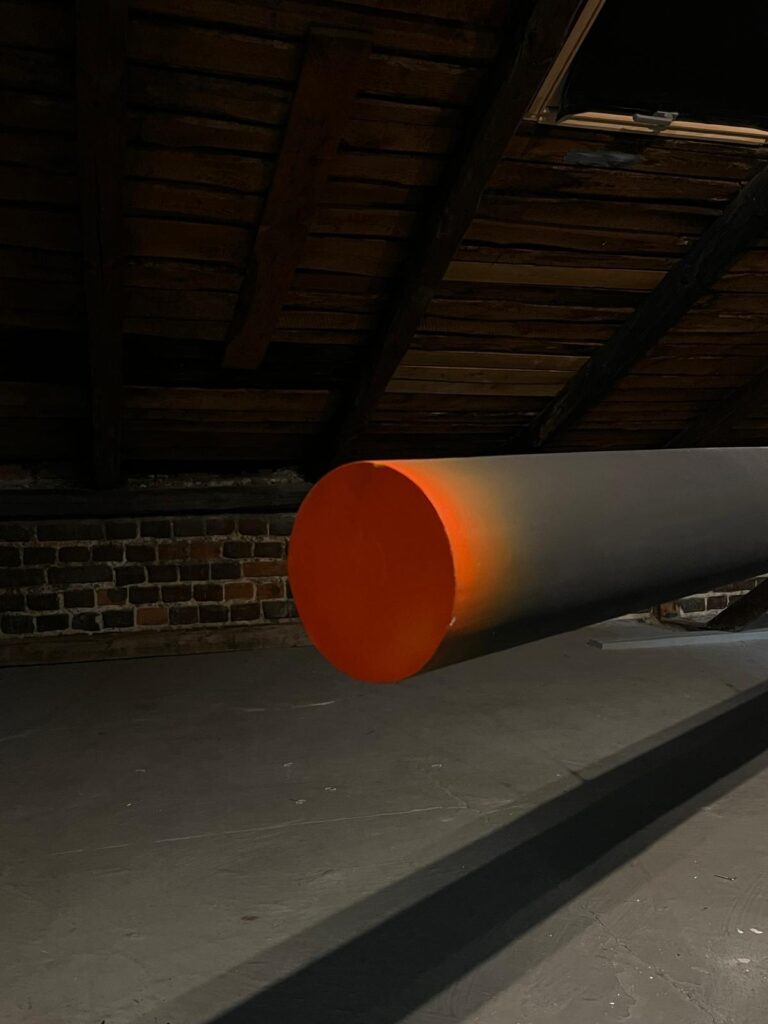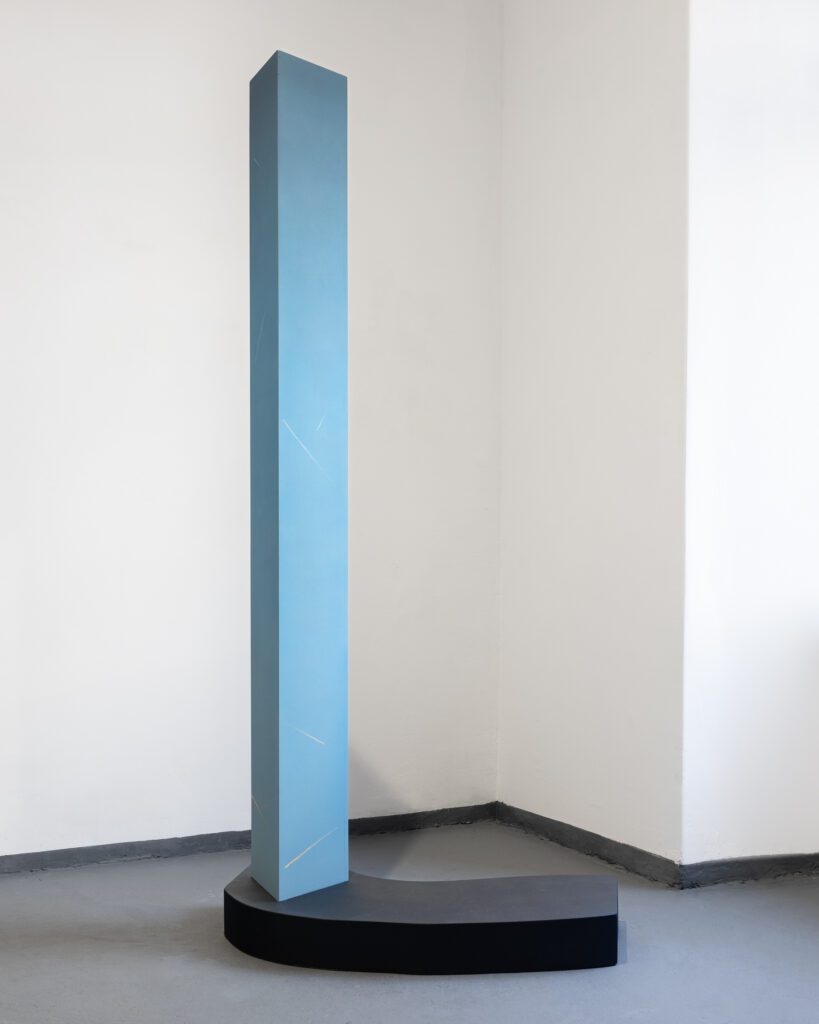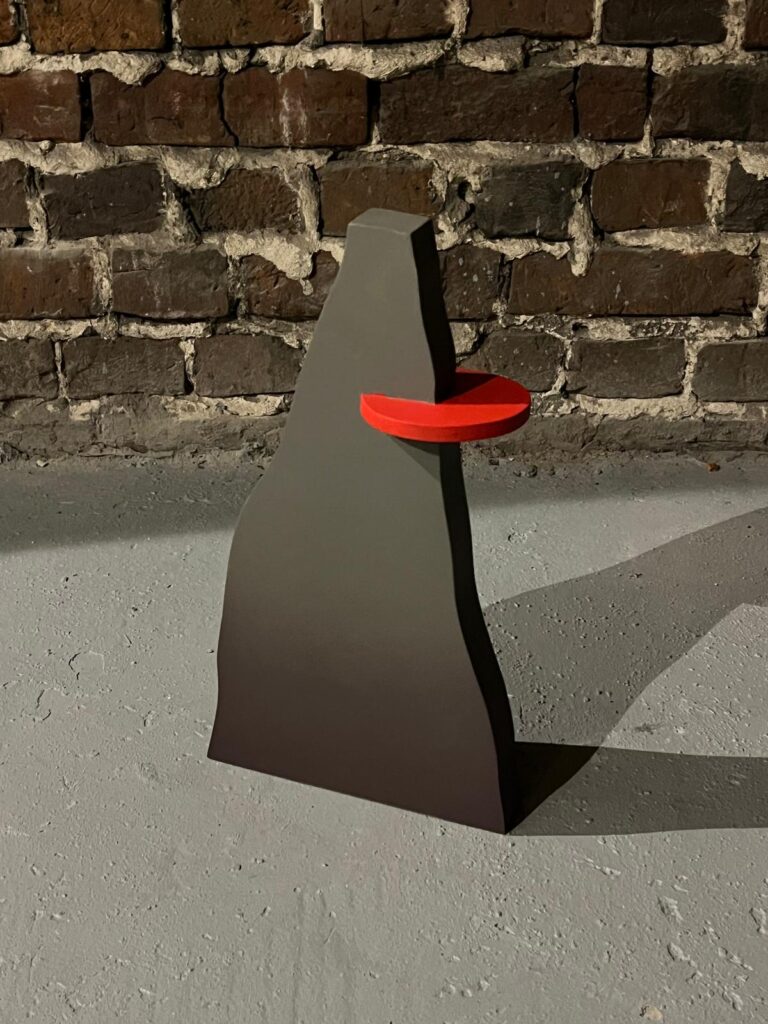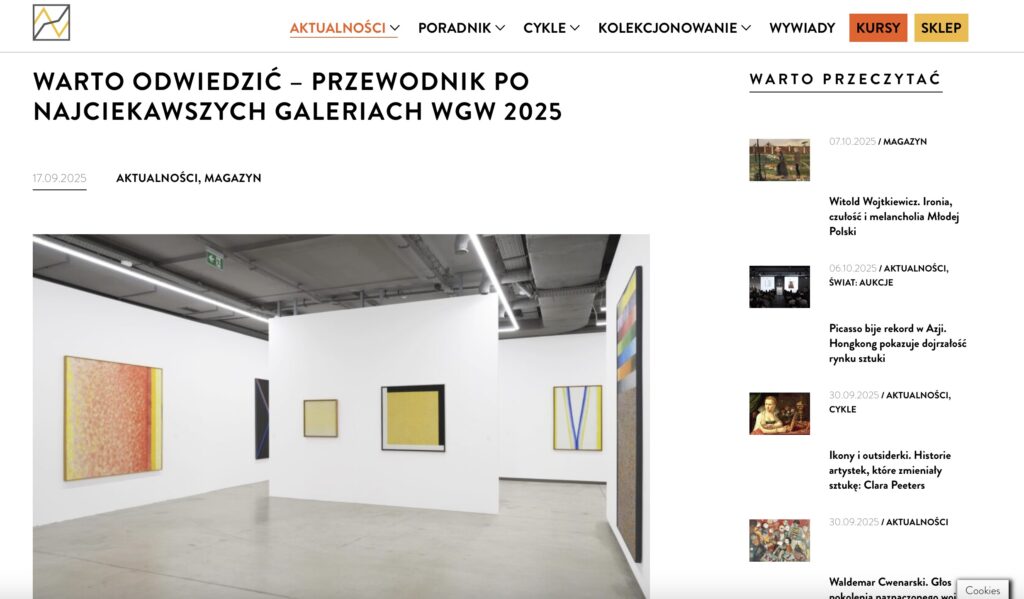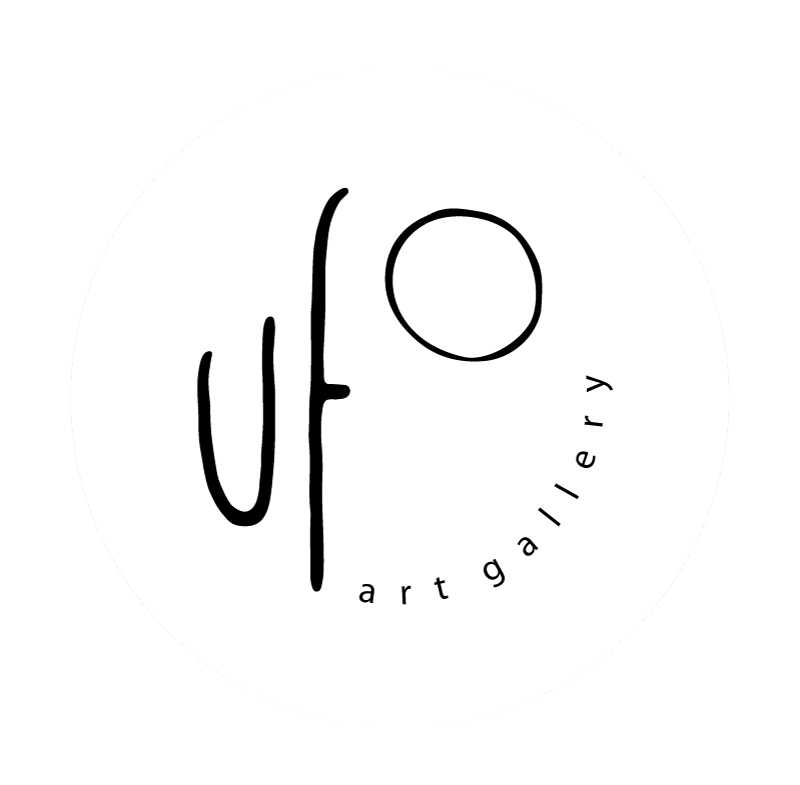The exhibition is a dialogue between two artists who – despite the bad press that the future has been receiving lately – do not extinguish the futuristic spirit within themselves.
Radim Koros comes from the Czech Republic, Kornel Janczy from Limanowa. Both live and work in Krakow, a city known for its love of intoxicating itself with the vapors of the past. Despite this – or perhaps precisely because of it – the artists are more interested in the landscape that opens beyond the horizon of today than in looking backward.
The contemporary imagination of the future is shrouded in the shadow of polycrisis discourse. Climate catastrophe, the prospect of technofeudalitic dystopia, the specter of war – the scenarios of tomorrow that animate collective imagination today have different plots, but a common denominator: they are underlined by fear.
The future is not what it once was, in the times of modernity, when it rhymed with the concept of progress and was associated with a journey toward a better tomorrow.
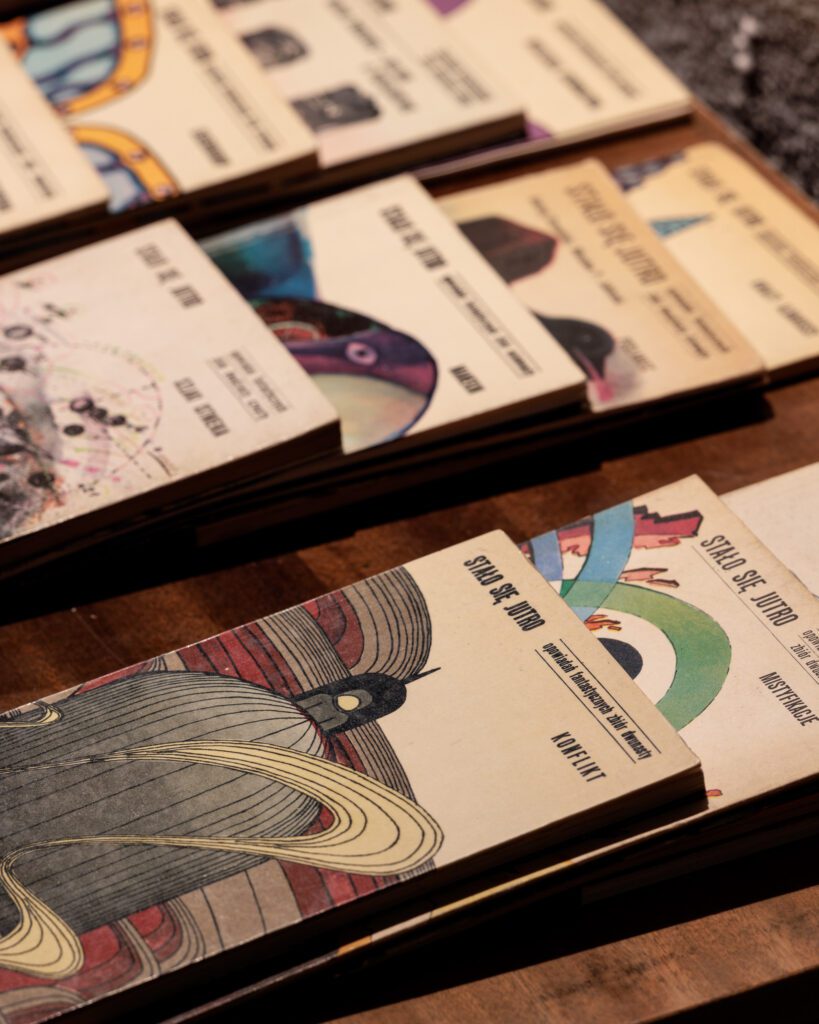

In the shadow of fears about the future, the temptation to turn away from it emerges. In politics, it takes the form of a conservative turn and retrotopian fantasies. In spirituality, it finds expression in the growing popularity of esotericism. In epistemology, its symptom is the collapse of social trust in science. And in painting, symptoms of this phenomenon can be found in zombie-figuration, new waves of symbolism and magical realism.
Distance from the future is emotionally understandable, but this doesn’t change the fact that – for better or worse – tomorrow comes anyway. Even more than narratives that offer shelter from anxieties in a world of escapist phantasms, we need an escape forward, a re-domestication of future time. Futuristic sensibility proves helpful in this work, through which we can view the artistic practices of Kornel Janczy and Radim Koros.
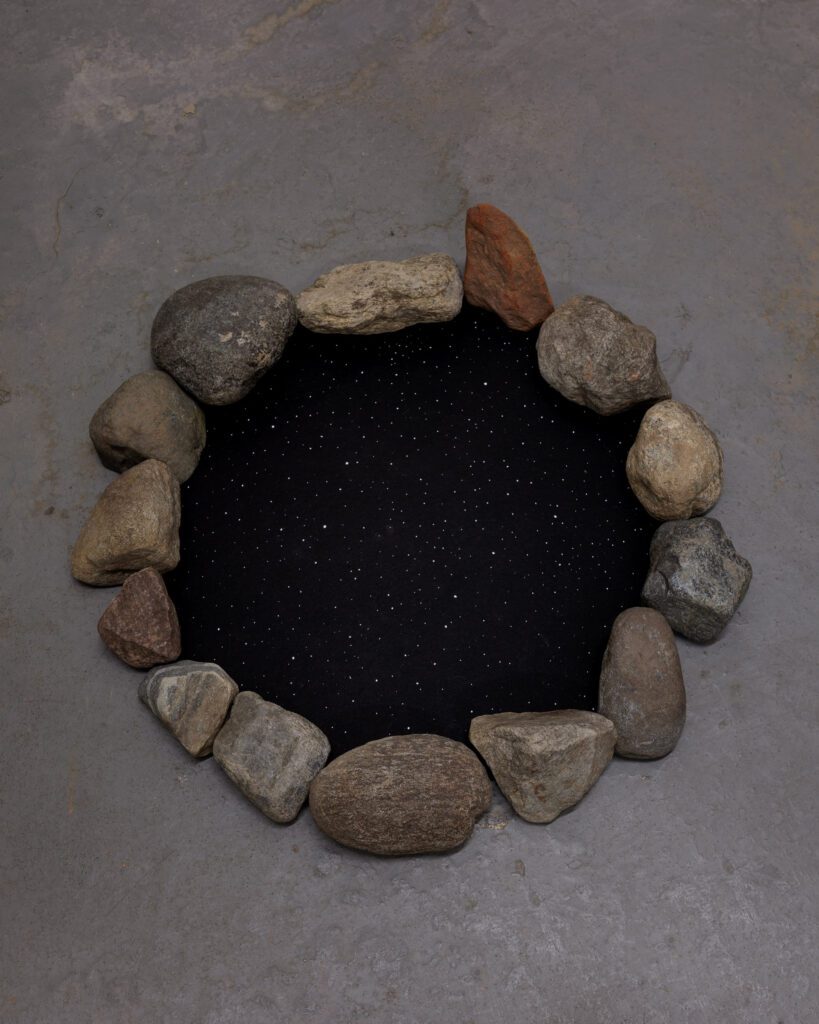

Kornel combines conceptual elegance (and subversiveness) in operating with abstract concepts with painterly sensitivity to color and an architectural sense of three-dimensional form. Following the trail of his inspirations, we encounter traces of minimalism and constructivism, but also the fields of astronomy, physics, meteorology, and cartography. He is particularly interested in the question of scale, understood as a measure we use to conceptualize space and the phenomena occurring within it. The protagonists of the artist’s works include comets, air masses filling “empty spaces in the landscape,” and sunsets. However, Kornel’s favorite way of representing them is not so much creating images as building (post)painterly models of both terrestrial and cosmic phenomena.
Radim creates with a sweep that echoes action painting. Among the allies supporting him in the creative process, intuition occupies an important place, along with sensitivity to the logic and physics of color and paint, which suggests successive painterly moves to the creator, leading to the transformation of the image into an autonomous cosmos. Equally important partners in this process, however, are machines, algorithms, and artificial intelligence protocols. Radim conducts a transhumanist dialogue with them, whose theme is transcending the horizon of the present – both in a painterly and existential sense.
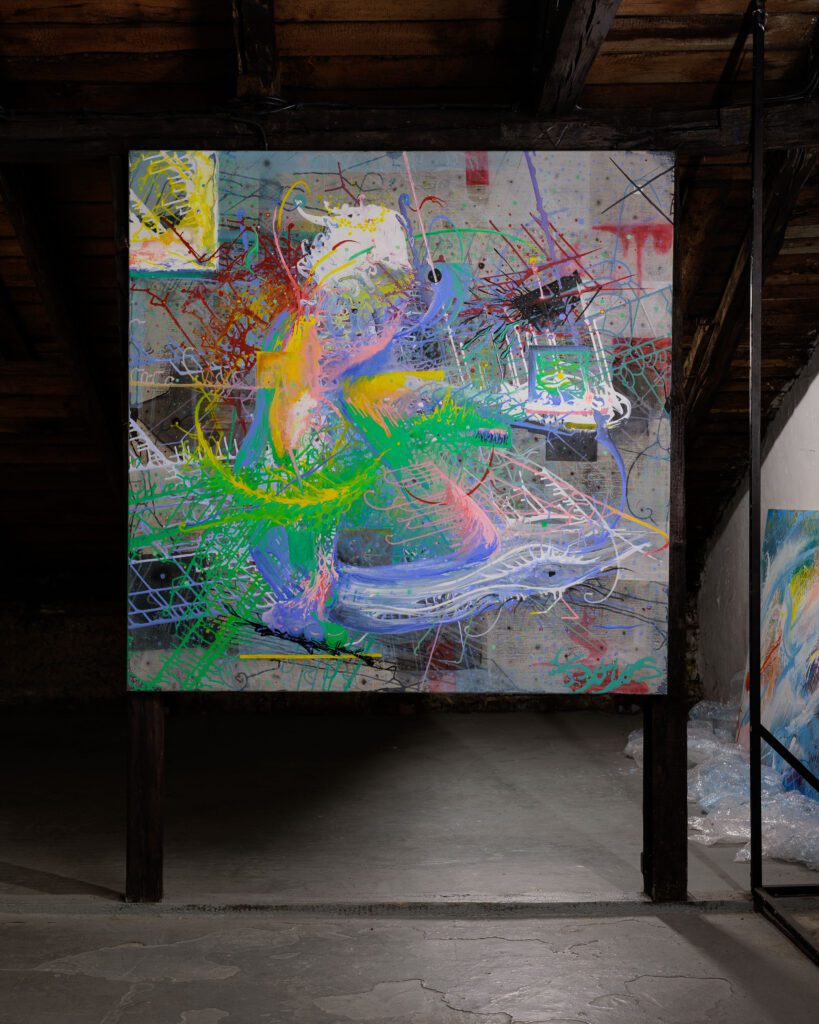

Kornel Janczy and Radim Koros are two very different artists. The first is known for formal precision and restrained gesture, the second – for elemental expression. Starting from two different artistic assumptions, they meet in an exhibition that they arrange as a shared scenographic meta-installation built from their works. This scenography, dense with cosmological motifs, could serve as a backdrop for a narrative maintained in the poetics of futuristic science fiction. It’s no coincidence that this par excellence modernist genre enjoyed its greatest popularity at times when people anticipated the future with curiosity rather than fear.
The future is a territory whose reclamation begins with the work of imagination. See you tomorrow!
Stach Szabłowski
